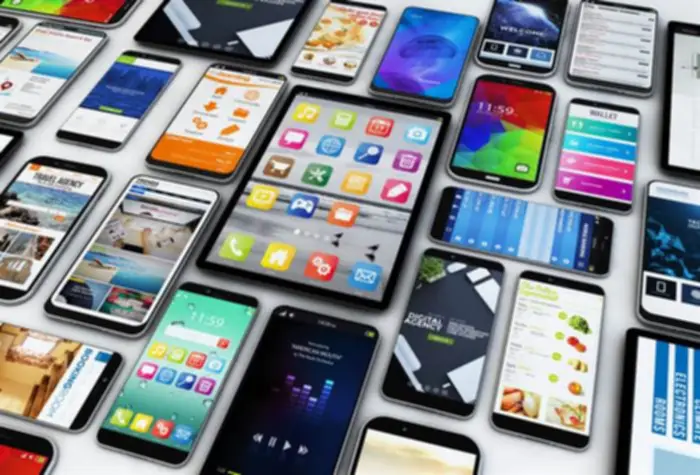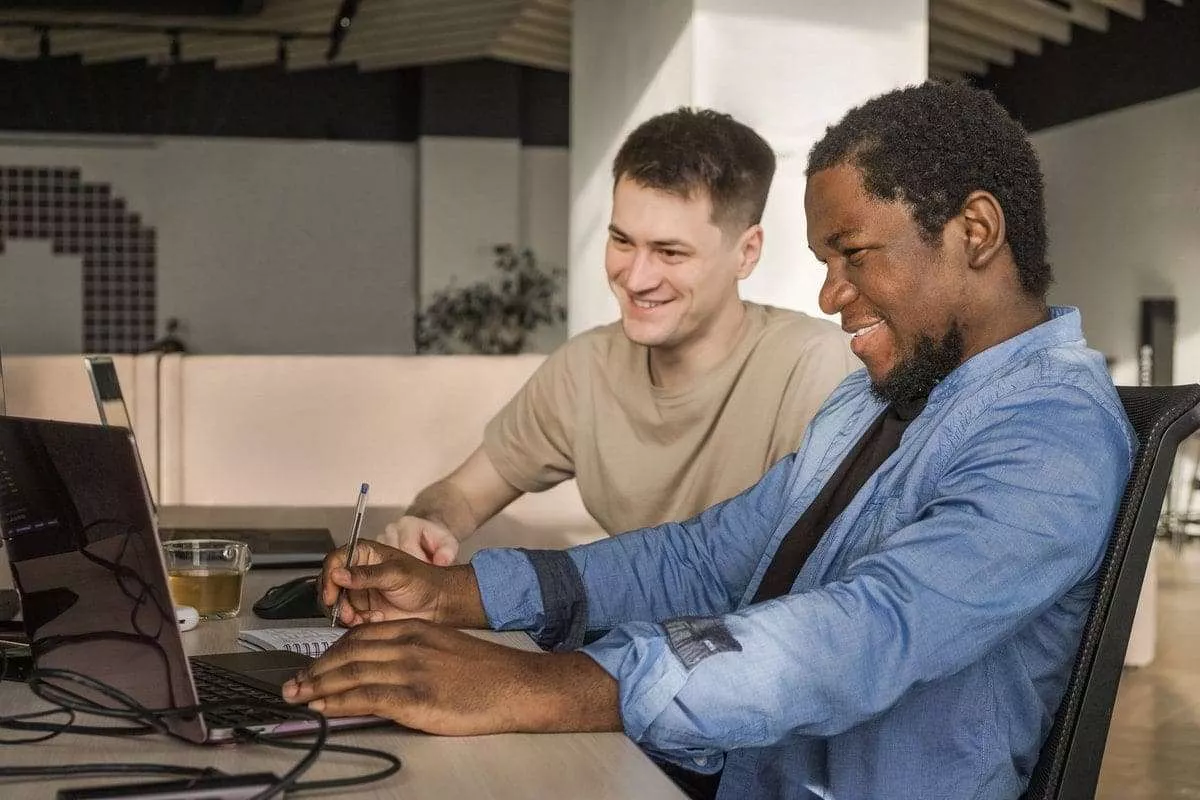We add the words ‘more’ (or ‘less’) earlier than the adjective. Let’s use the one-syllable adjectives ‘quiet’ and ‘small’ as our start line. The comparative types of these words are ‘quiet’ and ‘smaller.’ To make the comparative form of Product Operating Model one-syllable adjectives, we simply must add the suffix ‘-er’. The comparative form of adjectives compares two issues or folks. For example, we will use them to compare two pairs of sneakers, two residences or even our two greatest associates.
Why Is ‘-ed’ Generally Pronounced At The End Of A Word?
A synonym, or word with the identical which means less software, is used within the sentence. To make these guidelines a bit extra digestible (since there are quite a few!), we’ll compare Phoenix, Arizona and New York City. An straightforward approach to keep in mind when to make use of nevertheless is to look at the adverb never, which is used to switch time or information.
General Guidelines For Comparative Adjectives

In English there are various ways to explain rules and obligations. Here is a description of tips on how to express obligation and how and when to make use of modal verbs. Cleaning the floor is my least favorite kind of house responsibilities.
- We’ve additionally dug deep into totally different comparative adjective examples to practice some of these tricky spelling rules.
- In an analogous way to comparatives, there are two ways to make use of superlatives.
- Now that you’ve read about how they work, do this enjoyable quiz to follow.
Words From Taylor Swift Songs (merriam’s Version)
Because Less appears just like CSS, learning it’s a breeze. Less only makes a quantity of convenient additions to the CSS language, which is considered one of the reasons it might be learned so quickly. Create a HTML file named “easy.html”, having the following knowledge. Less is used when talking about issues which might be uncountable or have no plural.
With long adjectives (two or more syllables), we add the words ‘more’ or ‘less’ earlier than the adjective. In an identical approach to comparatives, there are two ways to make use of superlatives. When you want to say that one individual or thing is superior to all others in that group, you should use ‘the most’. When you need to say that one particular person or factor is inferior to all others in that group, you should use ‘the least’. With one-syllable adjectives like ‘large’ and secure,’ we only must add the letter ‘r’ to make the comparative type. In this article, we’ll take a deeper have a glance at the utilization of comparative adjectives and more importantly, the spelling rules for various kinds of comparative adjectives.
You can’t merely demand that a company turn into extra inventive, agile, or product-focused overnight. Culture transformation is a fancy journey requiring a more nuanced method. What does a profitable cultural transformation look like? That’s why we wished to create one thing tangible, something that may be implemented somewhat than just mentioned. As with comparatives, if an adjective ends in a vowel and consonant (e.g. sad) you should double the ultimate consonant.
Can we say that traffic in New York is ‘more terrible’ than visitors in Phoenix? This is because horrible is already an excessive adjective, so something can’t be roughly horrible. Less and least are used for singular nouns, whereas fewer and fewest are used for plural nouns. English lecturers and grammarians will say that “may care much less” is mistaken as a outcome of it ought to mean the other of “could not care less.” Logically, if you may care less, it means you do care some. But in informal speech people typically use “might care much less” to mean they don’t care at all.
Nevertheless is a conjunctive adverb and can be utilized to combine two impartial clauses into one sentence. As of Less three.5, you might also use mixins and rulesets as maps of values. It would not be significant typically – a length multiplied by a size gives an space and css doesn’t assist specifying areas. Less will function on numbers as they’re and assign explicitly stated unit sort to the end result.
The adverbs at the beginning of each compound word additionally offer hints. None in nonetheless is used to describe quantities of one thing, and never in nevertheless modifies details or time. The only one difference is that it is saved with “.less” extension. “Less” is the irregular comparative and “least” is the corresponding superlative. We’ll explain what makes them irregular and how to use these words appropriately. Stack Exchange community consists of 183 Q&A communities including Stack Overflow, the most important, most trusted online community for developers to be taught, share their information, and build their careers.
As grawity’s glorious reply signifies, it’s a means of giving an instruction to the much less pager. In this specific case, using the handbook and tutorial of GNU Parallel, it makes studying the examples easy. As you’ll be able to see in the first instance, if an adjective ends in a vowel and consonant (e.g. big) you have to double the final consonant. Now let’s give consideration to the small print of the way to create each of these adjectives.

Here are four examples of tips on how to use nevertheless in a sentence. Here are 4 examples of how to use nonetheless in a sentence. Nonetheless may also be used to check with a sure quantity of something, which is sensible because it starts with the adverb none, which suggests “no amount” of one thing. Here, we’ll provide you with some recommendations on how to bear in mind the difference between nonetheless and nonetheless in your writing. You can import a .less file, and all the variables in it will be available.
The clue could appear inside the identical sentence as the word to which it refers, or it may comply with in a preceding sentence. Because most of your vocabulary is gained through studying, it’s important that you just have the power to recognize and benefit from context clues. Every transformation is a journey fraught with difficulties. We regularly advise shoppers on the necessity to adapt their constructions, mindsets, and cultures, however we understand that they may be skeptical. There’s nothing more irritating than trying to improve and seeing things get worse. It’s typically easier to revert to acquainted, even ineffective, strategies.We understand that organizational change is a gradual process.
Less refers to a relatively smaller amount, quantity, or degree and can be utilized in this sense as an adverb, adjective, or noun. Less has several other senses as an adverb, adjective, noun, and a preposition. Unfortunately, we can’t use comparatives with all adjectives.
Transform Your Business With AI Software Development Solutions https://www.globalcloudteam.com/ — be successful, be the first!

